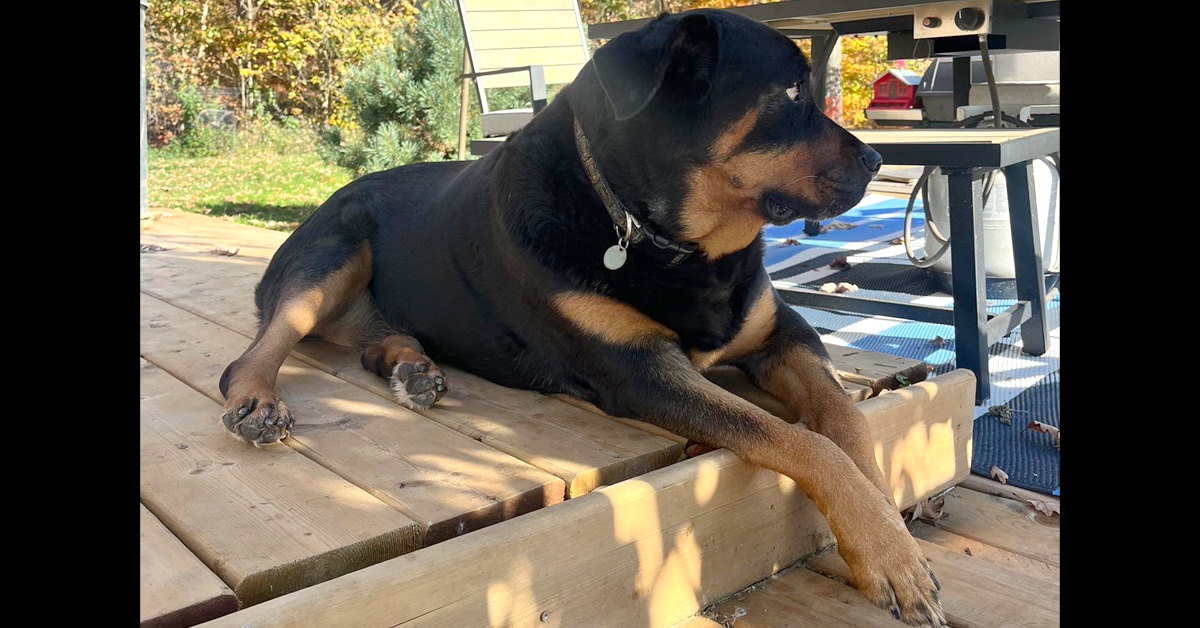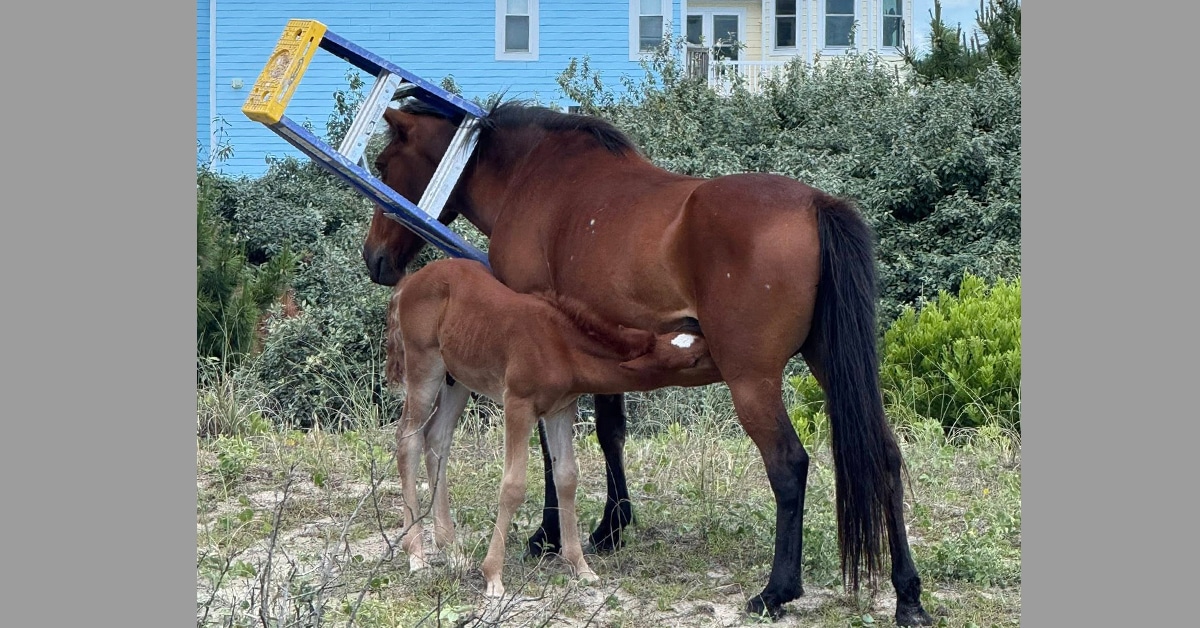The Ontario Ministry of Agriculture, Food and Rural Affairs (OMAFRA) has been notified of a confirmed case of Equine Herpes Myeloencephalopathy (EHM), caused by equine herpes virus 1 (EHV-1), in the Regional Municipality of Waterloo. See the notice below.
The Ontario Racing Commission (ORC) has determined that this case does not involve a racehorse.
However, due to the infectious nature of this virus, the ORC urges participants to take appropriate steps when such cases are reported. Outbreaks of neurological EHV-1 are contagious and have a significant risk of mortality. ANYTHING that touches an infected horse or carries secretions or manure from sick horses has the potential to transfer pathogens to other horses.
Veterinary Update
Animal Health and Welfare Branch/Office of the Chief Veterinarian for Ontario
Ontario Ministry of Agriculture, Food and Rural Affairs
February 23, 2015
Confirmed Case of Equine Herpes Myeloencephalopathy in the Regional Municipality of Waterloo
The Ontario Ministry of Agriculture, Food and Rural Affairs (OMAFRA) has been notified of a confirmed case of Equine Herpes Myeloencephalopathy (EHM), caused by equine herpes virus 1 (EHV-1), in the Regional Municipality of Waterloo. Brain tissue from a horse with severe neurological signs tested positive for EHV-1 neuropathogenic strain. The horse owner voluntarily placed the premises under a self-imposed quarantine to reduce the risk of viral spread. To date, there have been no further reports of equine illness on the farm.
In 2014, there was one laboratory-confirmed case of EHM in Ontario due to the non-neuropathogenic strain. This is the first case diagnosed in Ontario this year; however, cases of EHM have been diagnosed in Texas, Virginia, Minnesota and New Jersey this month.
EHV-1 infection in horses can cause respiratory disease, abortion, neonatal foal death, and/or neurological disease. EHV-1 is not a federally reportable disease but is immediately notifiable by laboratories under the reporting regulation of the provincial Animal Health Act. Attending veterinarians suspicious of EHM should contact OMAFRA as soon as possible.
Because infected horses may show no clinical signs, but still shed the virus, the temperature of suspect animals should be monitored twice daily for 14 -21 days and any abnormalities discussed with a veterinarian. Neurological signs, if they develop, may include loss or balance, hind-limb weakness, recumbency, difficulty urinating, decreased tail tone and depression. It is important that a veterinarian assess suspect cases of EHM since it can be difficult to distinguish this from other serious neurological diseases, such as rabies.
EHV-1 is easily spread by nose-to-nose or close contact with an infectious horse, by sharing contaminated equipment (bits, buckets, towels etc.) or by the clothing, hands or equipment of people who recently had contact with an infectious horse. This highlights the need for routine biosecurity measures (including hand hygiene and basic cleaning and disinfection practices) to be in place at all times to prevent a disease outbreak. Special attention should be given to cleaning and disinfecting trailers.
Current EHV-1 vaccines may reduce viral shedding but are not protective against the neurological form of the disease. Implementing routine biosecurity practices is the best way to minimize viral spread.
The best method of disease control is disease prevention.
More News








